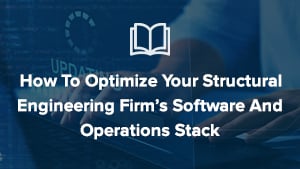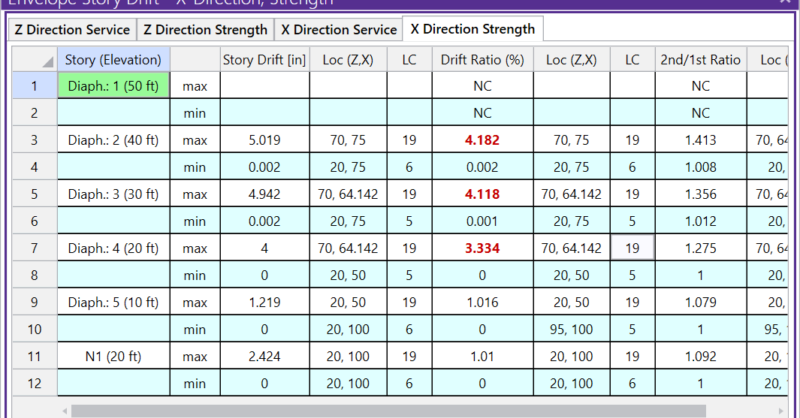RISA-3D v15 now includes automatic drift definitions for diaphragms as well as simplified story drift application. The reported drift results have been updated as well, and are now much more relevant for today’s codes. Drift results will report results in red text when seismic drift exceeds the limits specified in ASCE-7 2010. In addition, deflection amplification due to 2nd order effects is now reported, and will appear in red text whenever it exceeds the AISC 14th edition requirements.
Drift Definitions Spreadsheet
The new Drift Definitions spreadsheet defines where the drift calculations will be performed. If the model contains diaphragms, the joints connected to that diaphragm will automatically be considered in drift calculations. In addition, Drift calculations may be performed at specific elevations (where diaphragms don’t exist) merely by specifying these elevations in the spreadsheet.

The user may also specify individual joints to be used in drift calculation. This can be helpful for points that don’t line up well from floor to floor or don’t behave the same as other joints at that elevation. For example:
-
Inclined columns
-
Columns that span multiple stories
-
Center of Mass locations
What is Story Drift and Drift Ratio?
The Drift at a given level is equal to the deflection at that level minus the deflection at the level below.
1st Level Drift = X1
2nd Level Drift = X2 – X1
The Drift Ratio (%) is equal to the drift at that level divided by the height from that level to the level below.

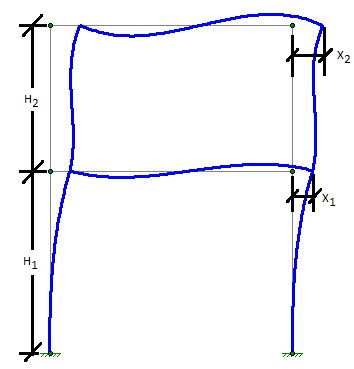
Seismic Drift Checks
Seismic drift are reported for all codes, but the program will report failures in red text for the ASCE 7-05, 7-10 and 7-16 codes based on the following table of allowable seismic drift versus Risk Category / Occupancy Category, which can be defined on the Seismic tab of the (Global) Model Settings:
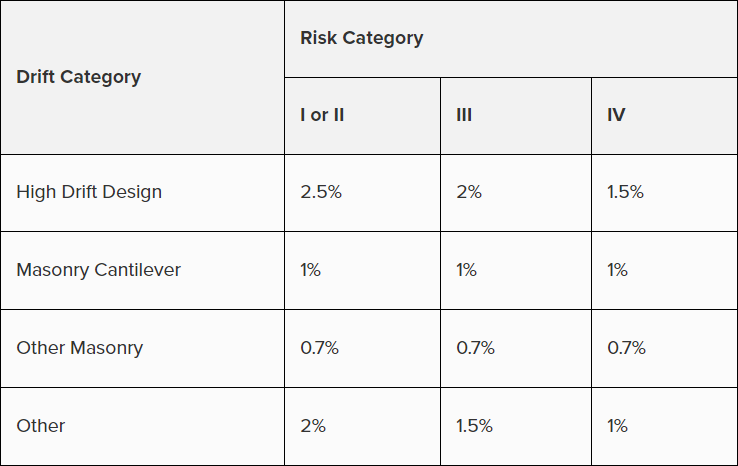
When the ASCE and IBC codes are used, the Story Drift for the strength level combinations will account for the inelastic deflection (i.e. the Cd factor) by amplifying the joint deflections at each level by Cd/ I per Section 12.8.6 of ASCE-7. Where Cd is the Deflection Amplification factor intended to convert the elastic deflection levels given in the analysis to the inelastic levels used for seismic drift checks. Similarly, I is the importance factor (based on Risk / Occupancy Category) which was presumably used to amplify the seismic forces applied to the structure.
To negate the effect of the redundancy factor rho (r), the joint deflection results are divided by rho before drift calculations are performed. This only occurs for load combinations where rho was used to amplify the seismic loading. This is done because the redundancy factor is not intended to affect story drift calculations per section 12.3.4.1 item 2 of ASCE-7-16.
For codes other than the US codes the drift results are not modified for Cd, I or rho, and are never reported in red text to indicate a failure.
2nd Order / 1st Order Deflection Ratio
The program will report the ratio of 2nd order deflection to 1st order deflection for the joints used in the drift calculation. This is useful when determining whether it is required by the AISC code to use the Direct Analysis Method. In general, if the ratio is greater than 1.5 (or 1.7 if stiffness adjustment has been turned on) then you MUST use the Direct Analysis Method on your structure. Or, you must include Notional loads in ALL load combinations (even ones with Wind and Seismic). Click the link below to find out more about Notional Loads.
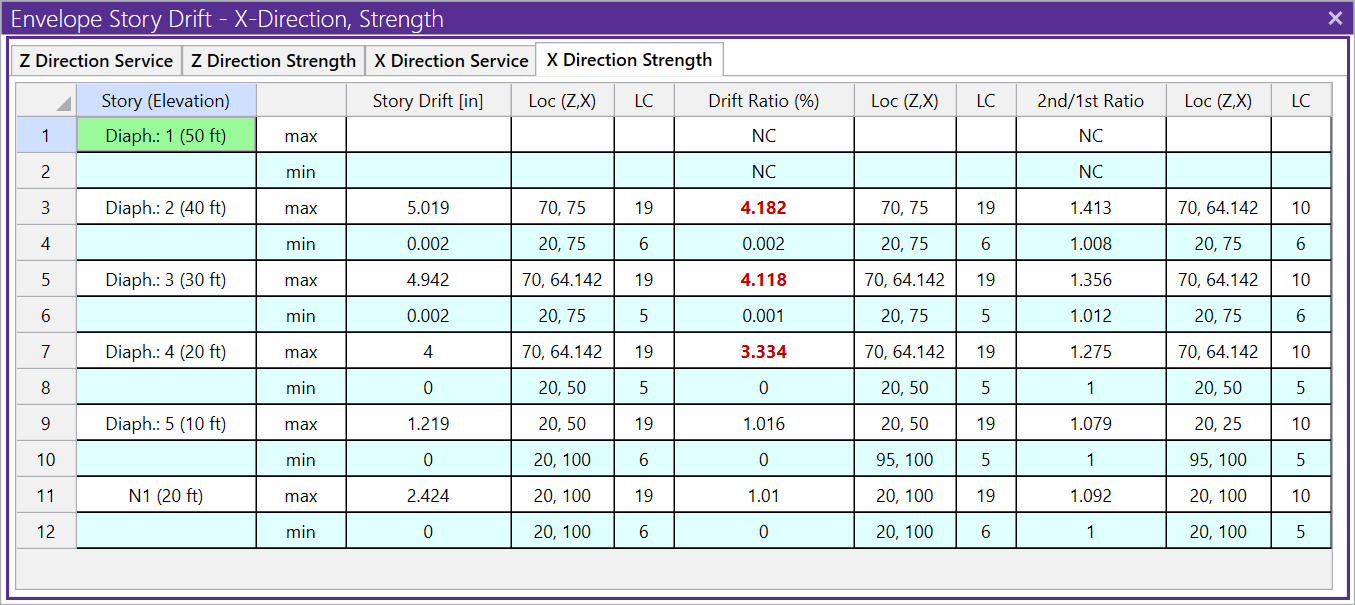
To facilitate this check, RISA will color the check in red text whenever the ratio exceeds the 1.5 limit (or 1.7 when stiffness adjustment is used). This is done regardless of what has been chosen for the HR steel code. While the 1.5 or 1.7 may not be a code trigger in other HR steel codes, the check is included because it can be an indicator of when 2nd order effects become troublesome.

